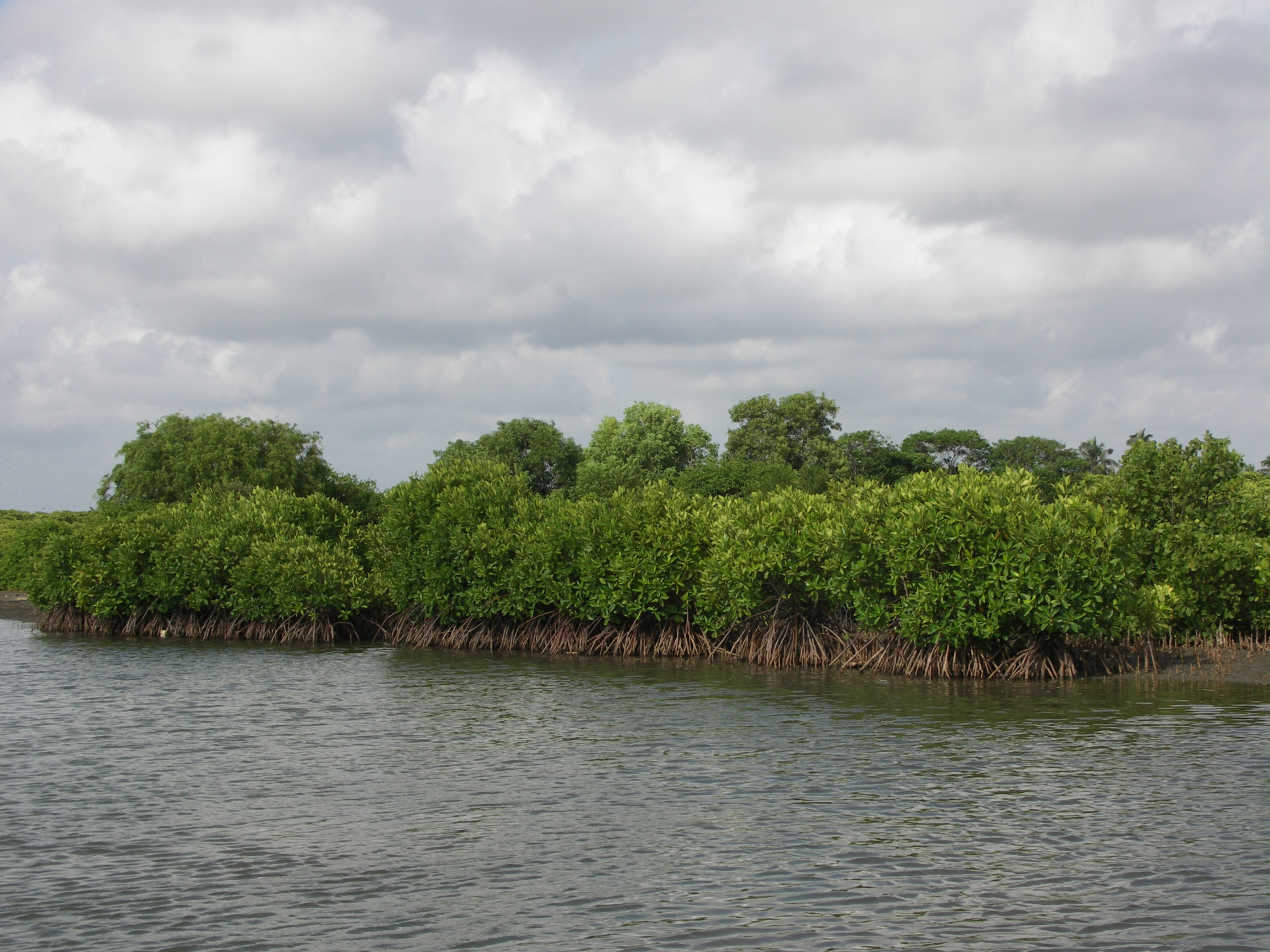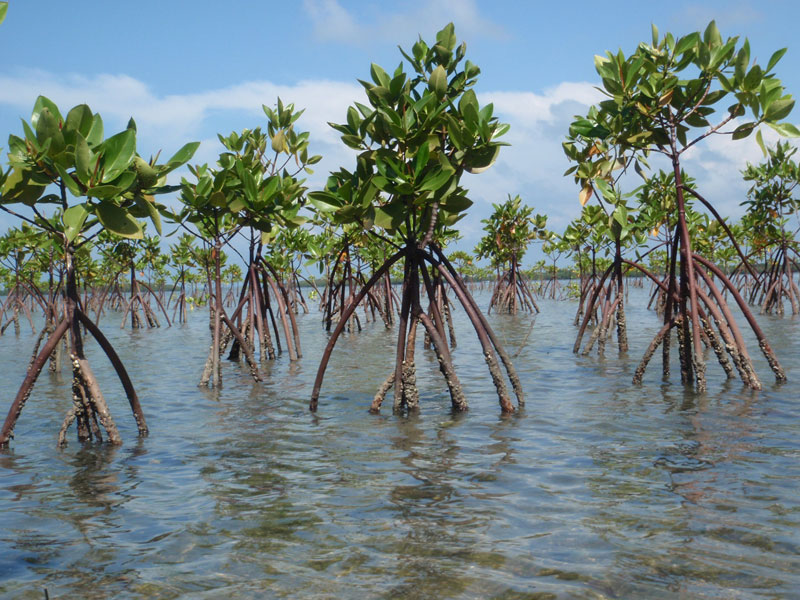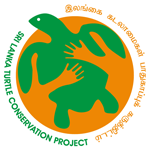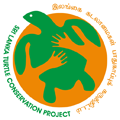
Mangroves are an important coastal ecosystem that is essential for the prevention of soil erosion, as their dense root networks hold the consolidated soil in place. Their roots protect the form of nurseries for juvenile prawns and fish, by offering shelter from larger predators.
Mangrove forests in Sri Lanka are disappearing due to many reasons such as land clearing for the construction of houses, hotels, factories, and boat landing areas. Further, over-exploitation by coastal communities for fuel wood, stains for nets and sails, and timber for buildings have increased the threat to this valuable coastal ecosystem. Thus, it is essential to preserve this vital ecosystem to ensure the better delivery of forest services and goods for local communities and to conserve the local biodiversity. TCP’s first Mangrove Rehabilitation Programme was launched to conserve and manage mangrove resources with the help of the local communities.

Restoration of Mangroves in Rekawa
A mangrove restoration program was launched in the Rekawa lagoon area in 1999, which involved the cultivation and planting of native mangrove plants. The success of the newly planted mangroves was regularly monitored, subsequently in 2002 TCP recognized the need for more mangroves in this area. This is because the Rekawa lagoon is in a semi-arid climate belt, where rainfall is scarce, which resulted in the death of many plants. Followed by the duly recognized issue, in November 2002, more mangrove plants were planted in the Rekawa lagoon, and the new plants were regularly monitored.

Restoration of Mangroves in Puttlam Lagoon
The mangrove restoration program was launched in the Puttalam lagoon in 2001, which introduced about 150,000 native mangrove plants into the Puttlam lagoon. The underlying objective of this project was to increase the extent of tropical mangrove forests and local biodiversity in the Puttlam lagoon while providing forest goods and services to the local community members in a sustainable manner with long-term conservation and management of the mangrove ecosystem.

